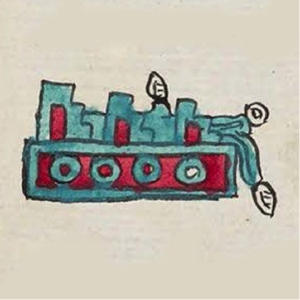 A glyph translation tool: The Visual Lexicon of Aztec Hieroglyphs
A glyph translation tool: The Visual Lexicon of Aztec Hieroglyphs
Stephanie Wood, an ethnohistorian and specialist in Mesoamerican culture who is affiliated with the UO College of Education, will soon be launching the creation of a glyph translation tool, the “Visual Lexicon of Aztec Hieroglyphs,” which unites the work of scholars in Mexico, the U.S., Germany, and the Netherlands.
The tool will be created with the participation of a Latinx student team at the UO. The result will be a free, online, searchable database of the atomic parts of compound glyphs, all named, annotated, and with attestations of the ways that they appear in compound glyphs in known 16th-century codices, such as the Codex Mendoza, the Codex Xolotl, and others. The resulting site will be at least trilingual, using Nahuatl, Spanish and English.
The goals of the Visual Lexicon are manifold: 1) to provide a tool for scholars deciphering glyphs in under-studied or newly discovered codices; 2) to help with the teaching and self-study of glyph decipherment; 3) to deepen our understanding of the Aztec writing system (reading order, phoneticism, regional styles, etc.); 4) to prepare pedagogical pathways that highlight Aztec cultural hallmarks; and, 5) to be merged with the online Nahuatl dictionary Wood serves from Oregon, besides standing alone .
This project is a collaboration with professor and principal investigator Benjamin D. Johnson at the University of Massachusetts, and it is funded out of his three-year grant from National Endowment for the Humanities.
